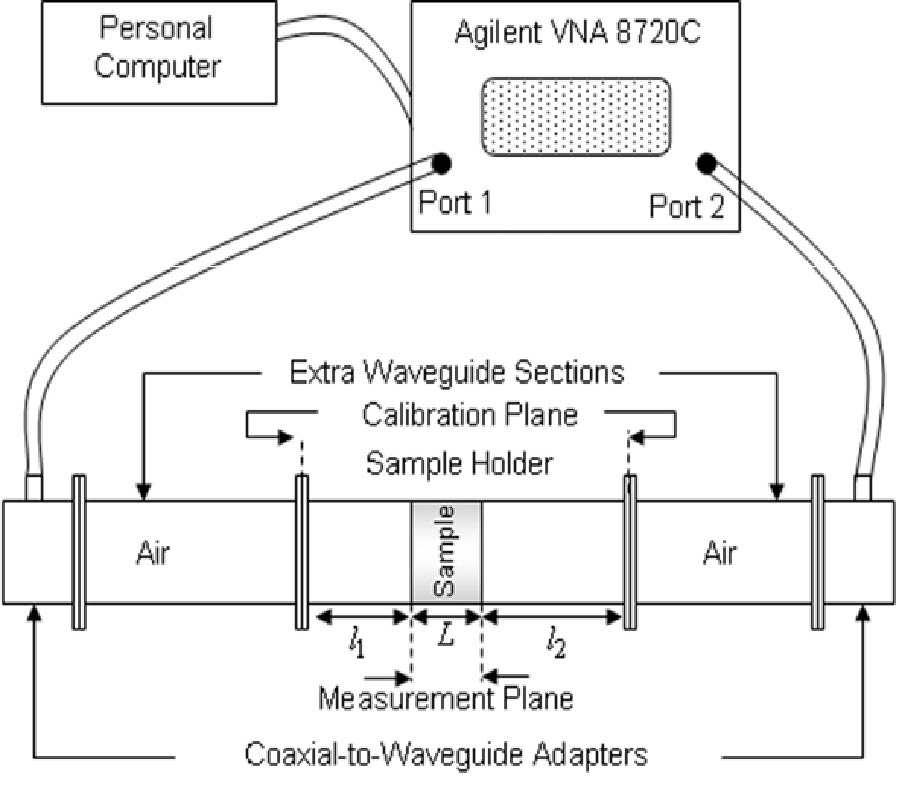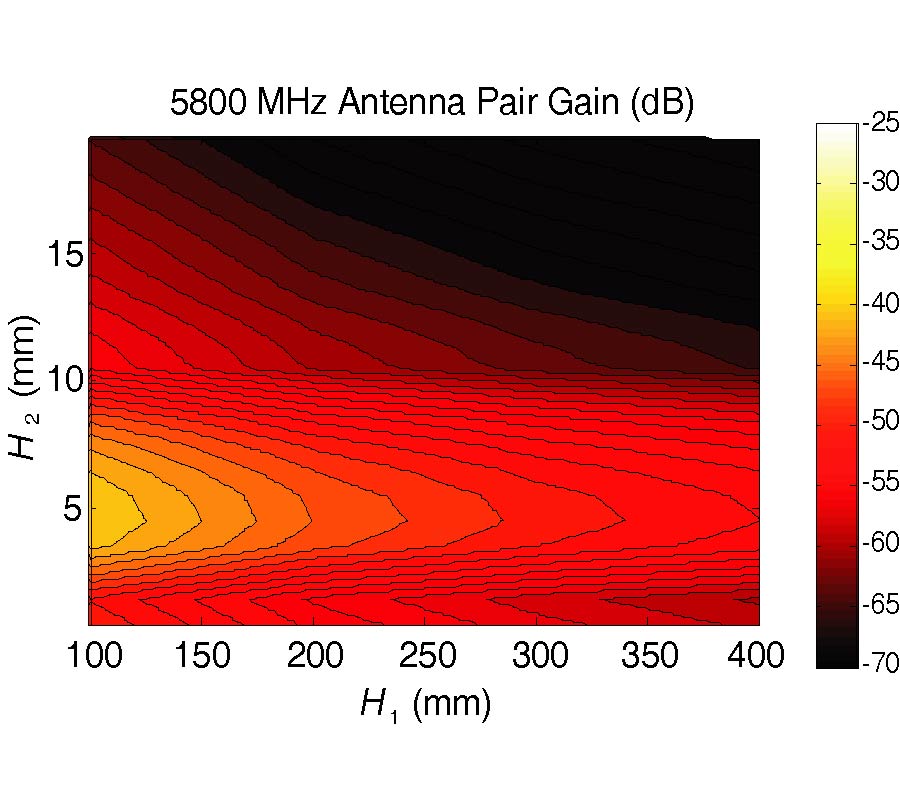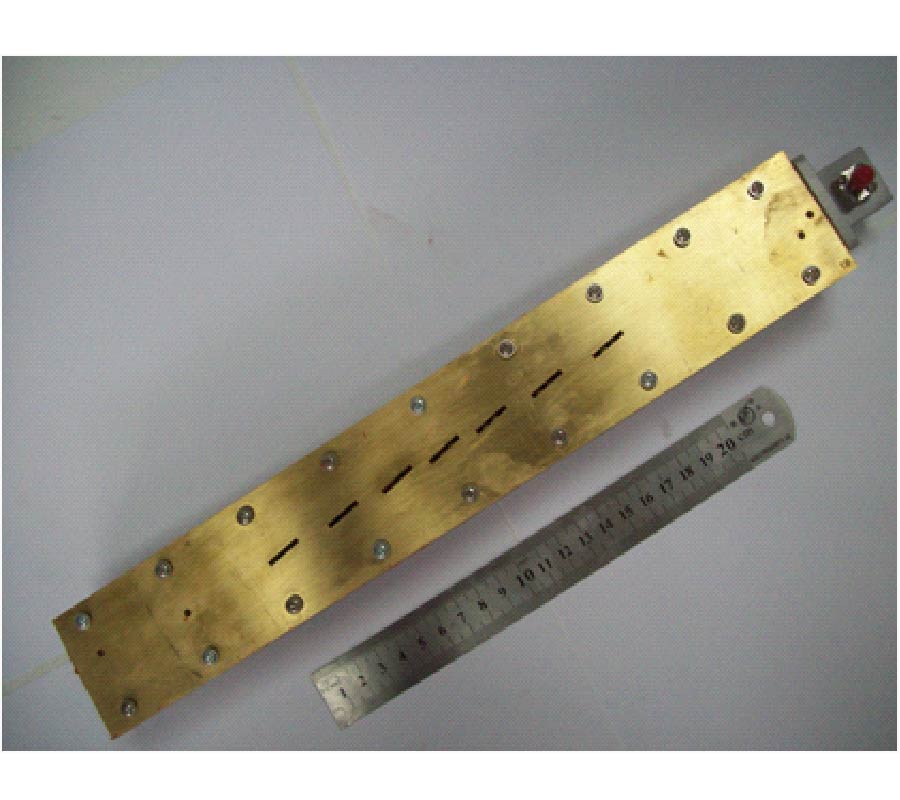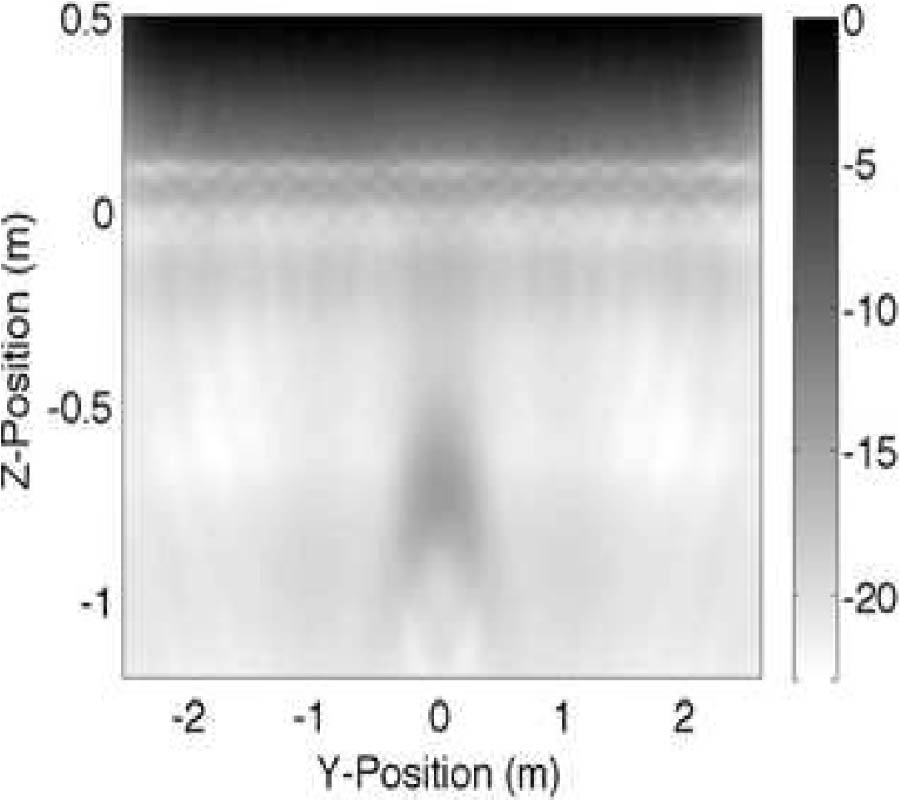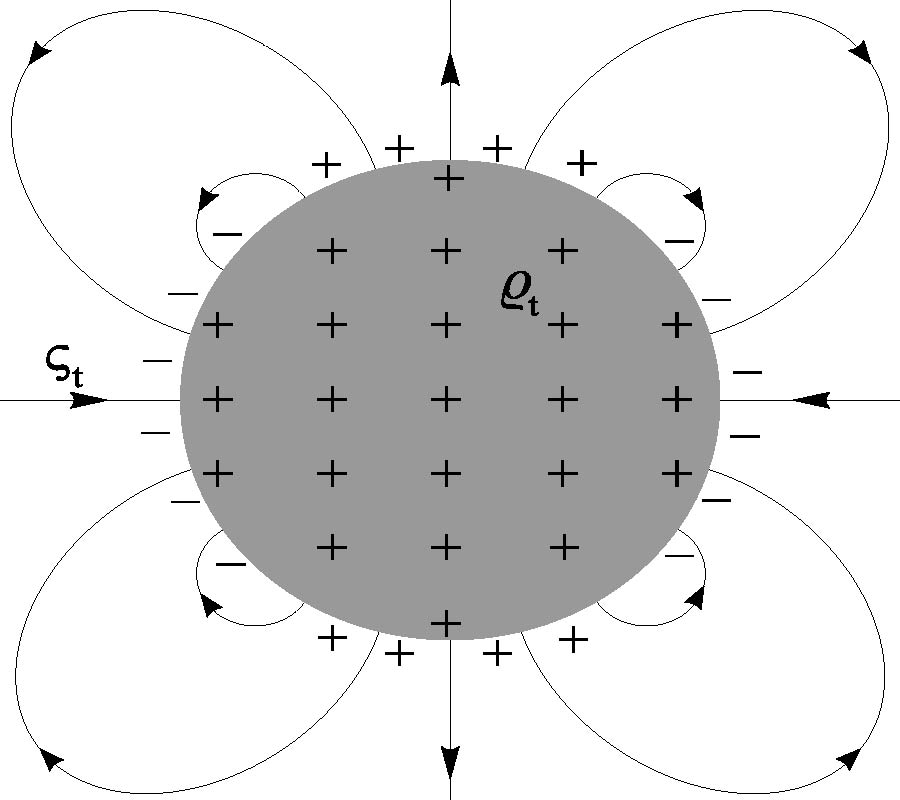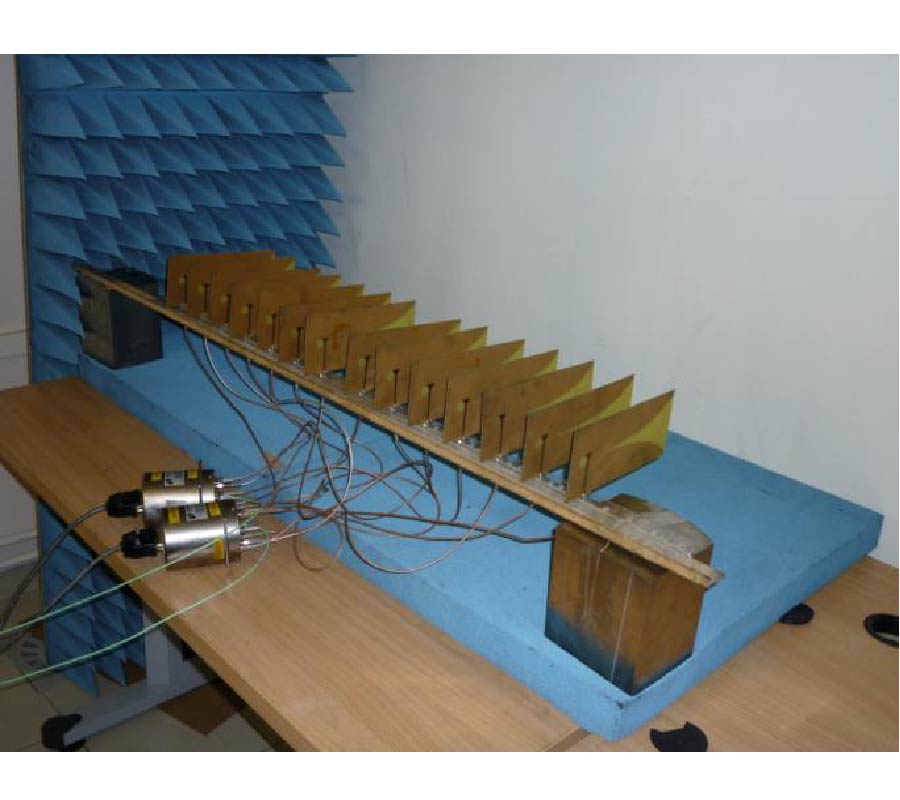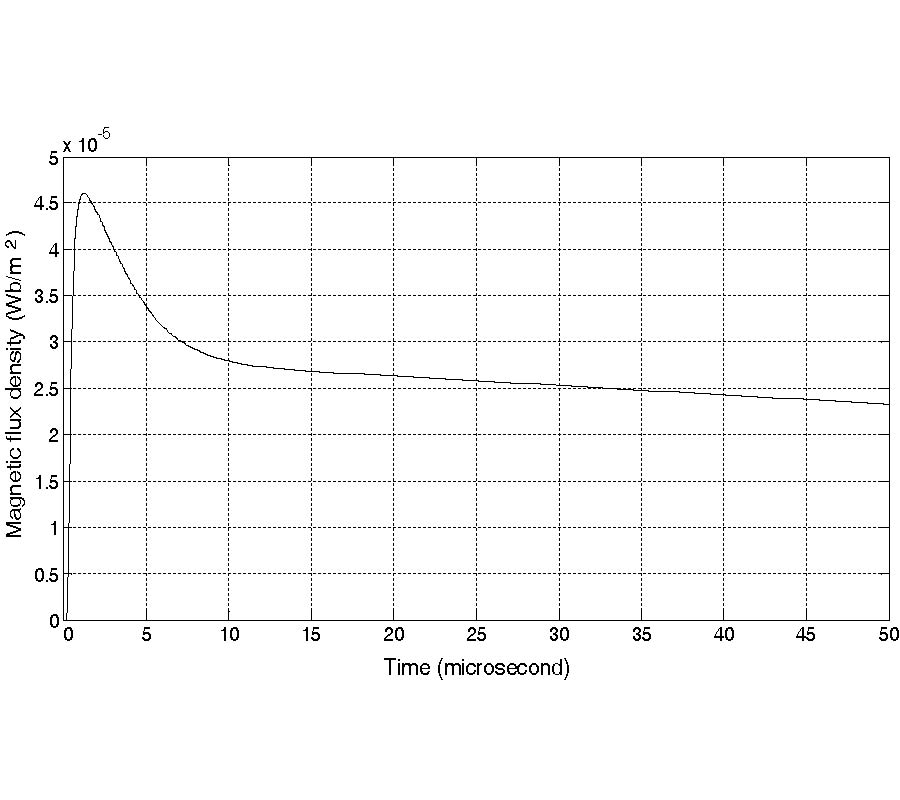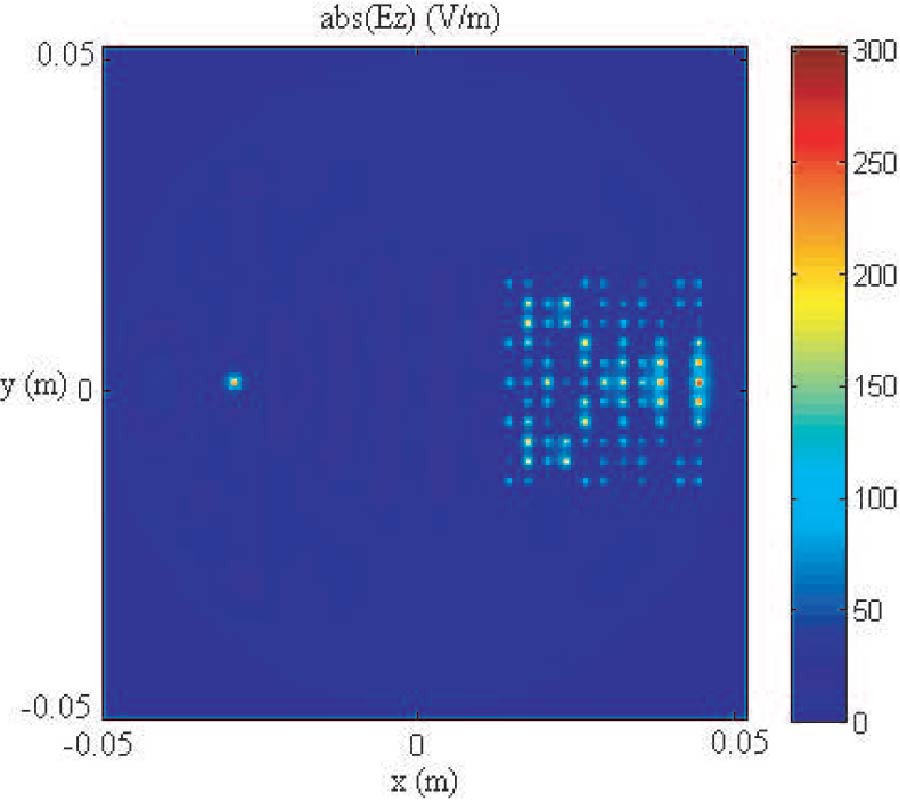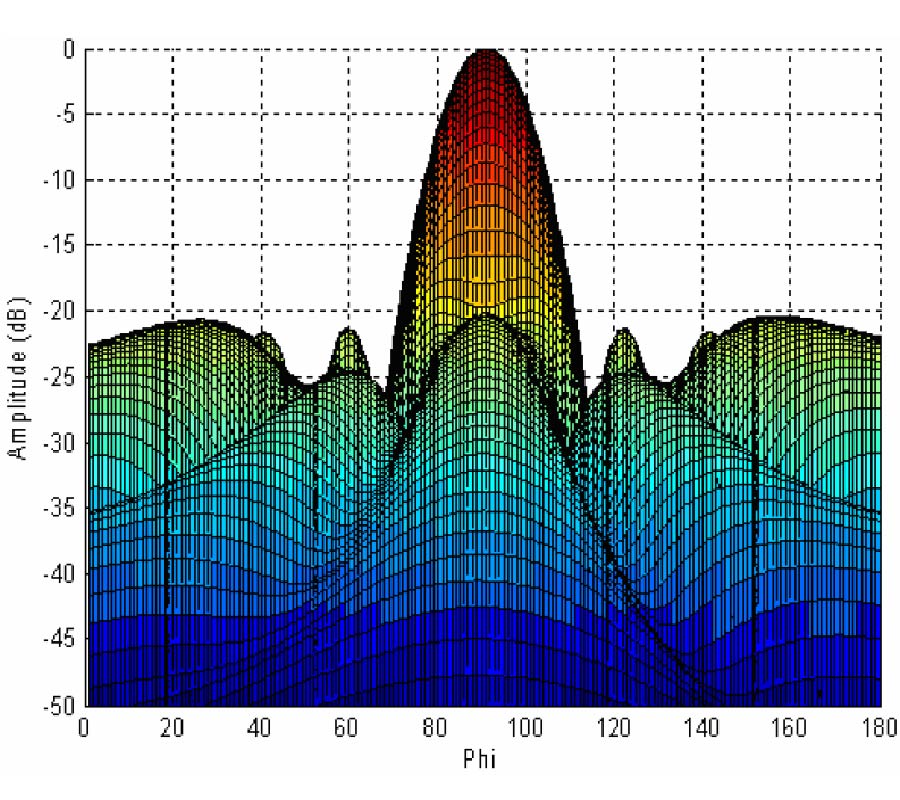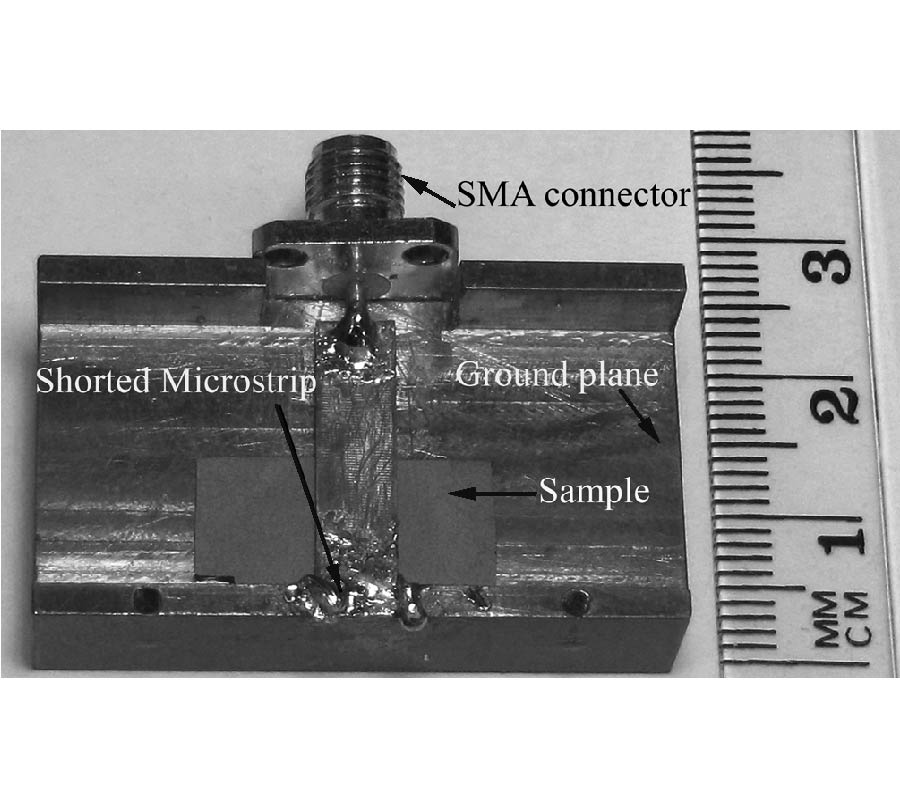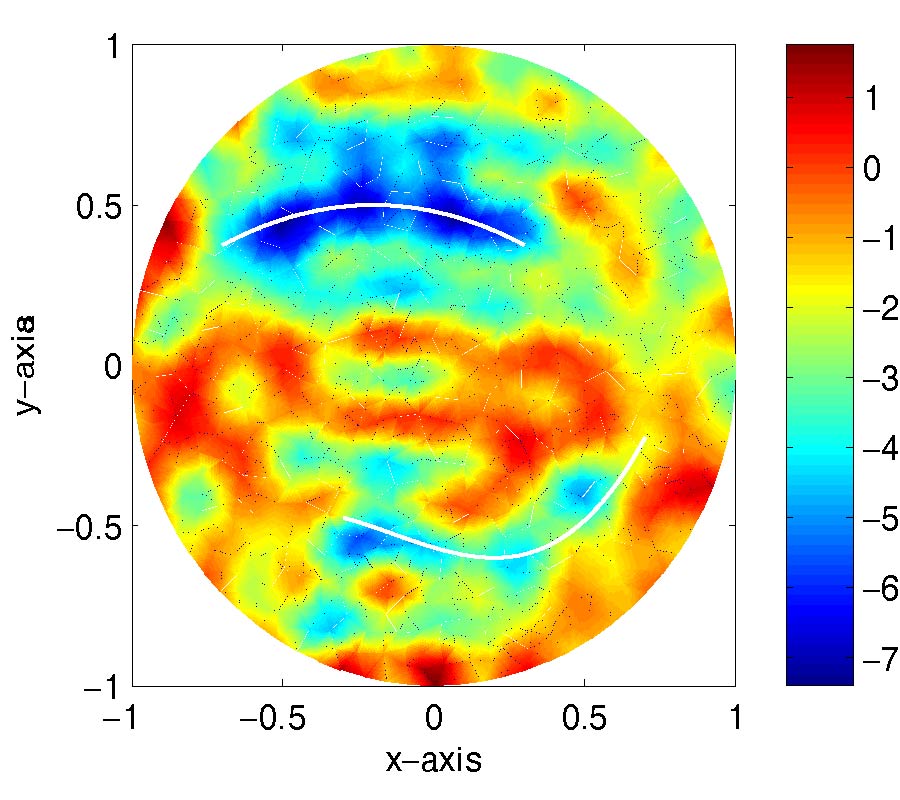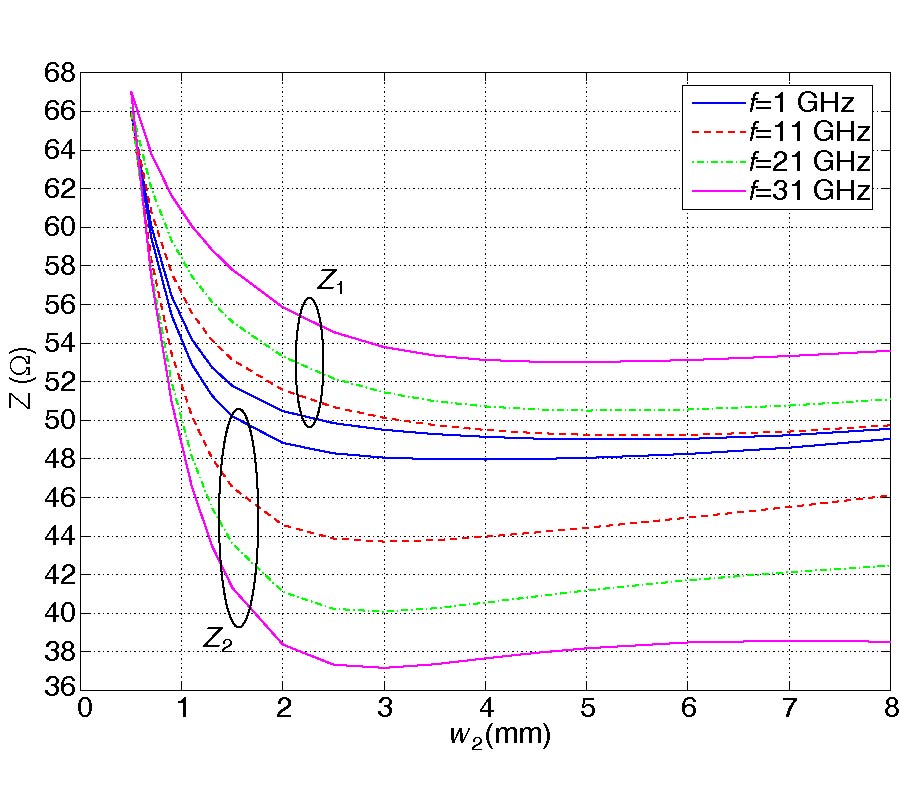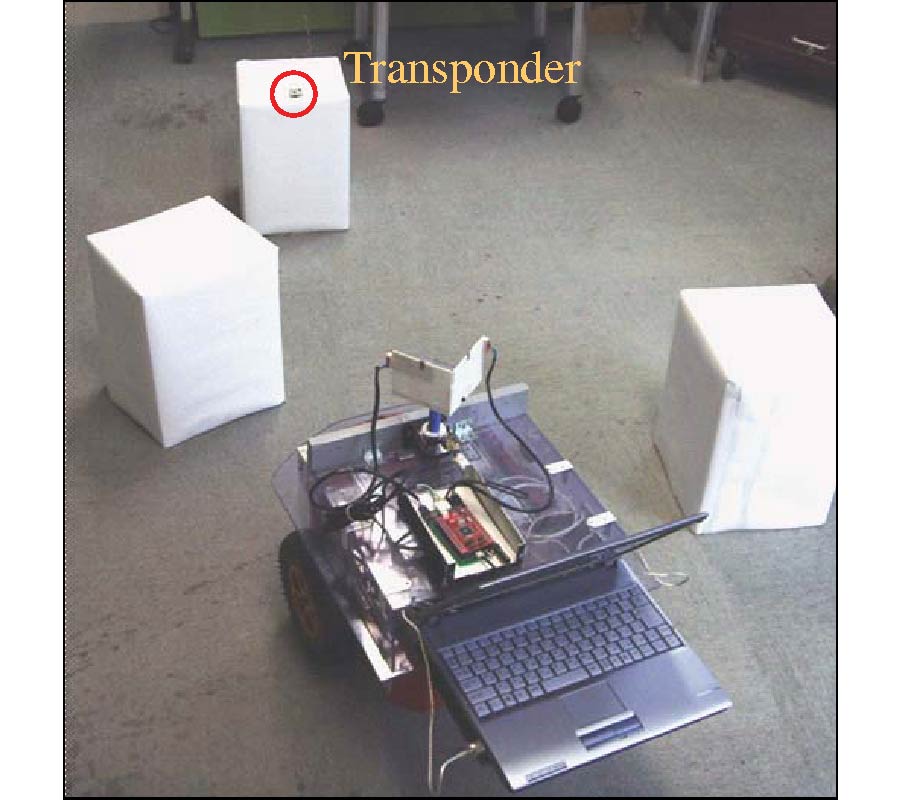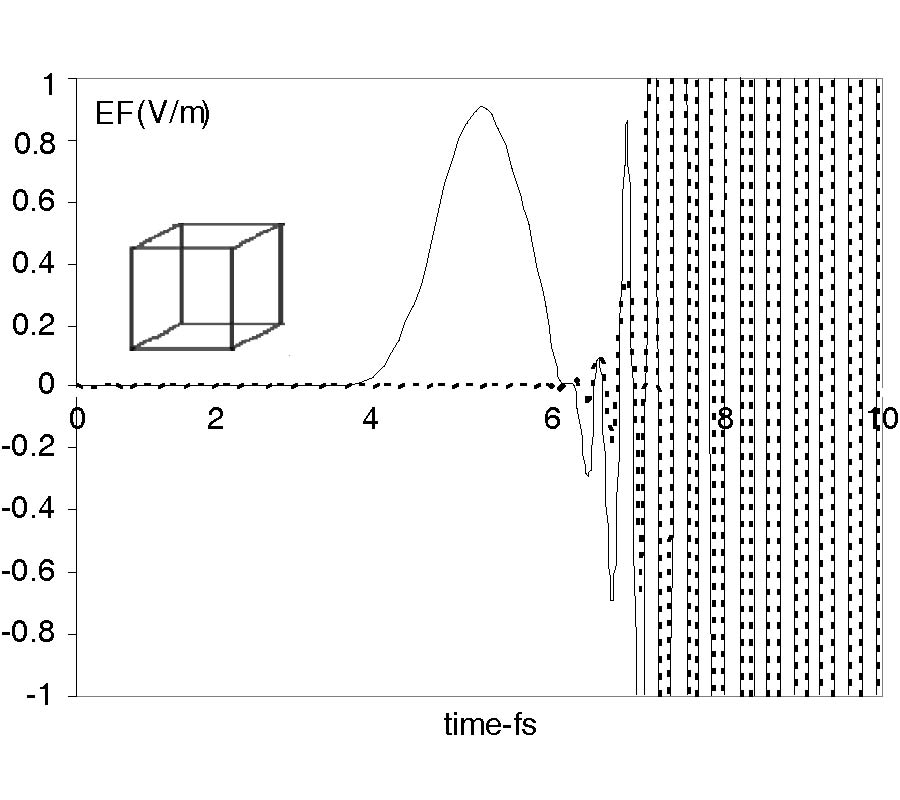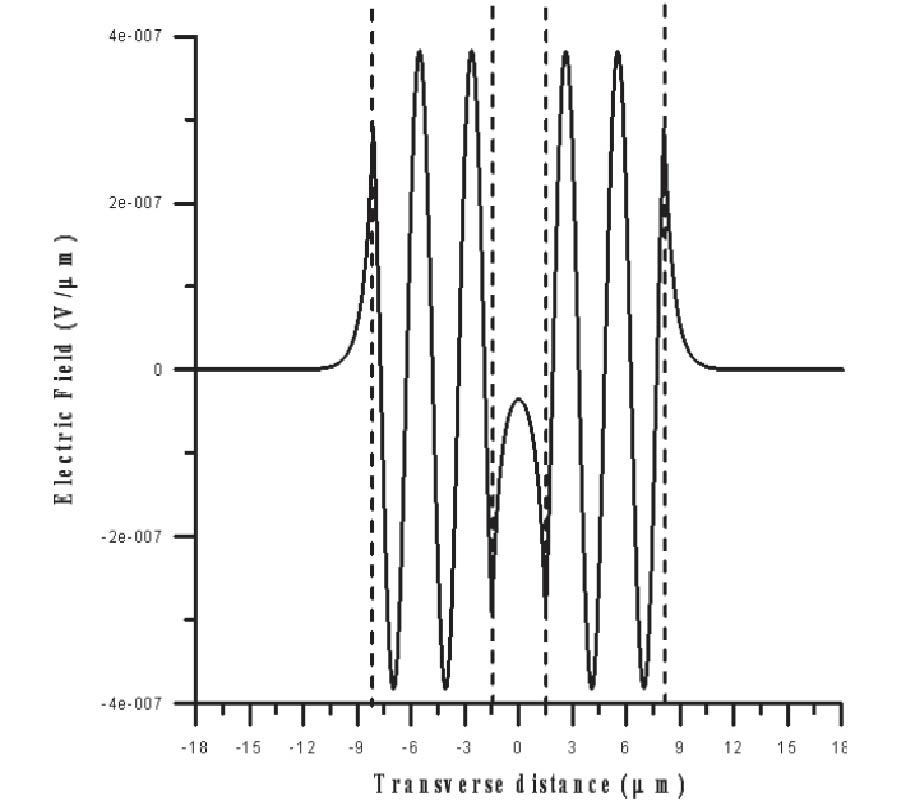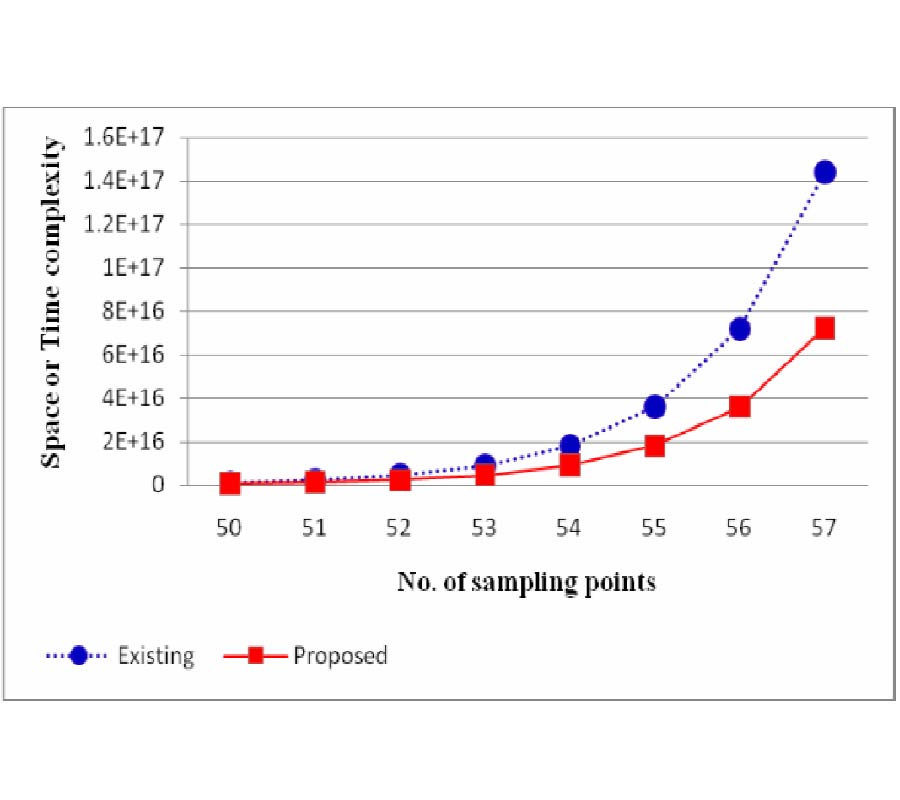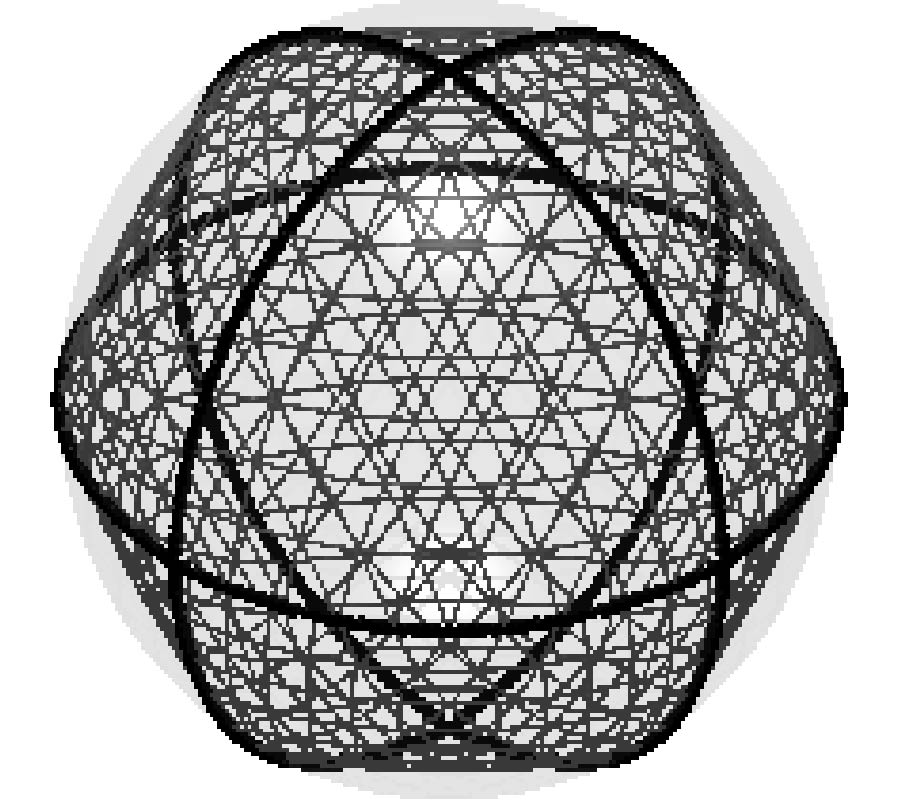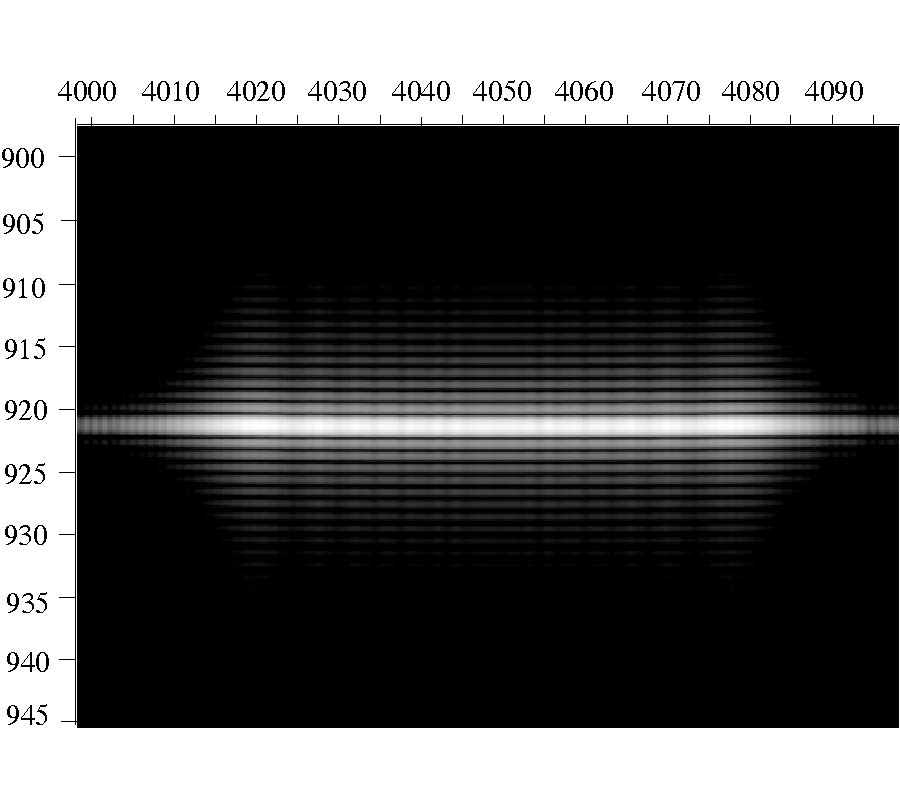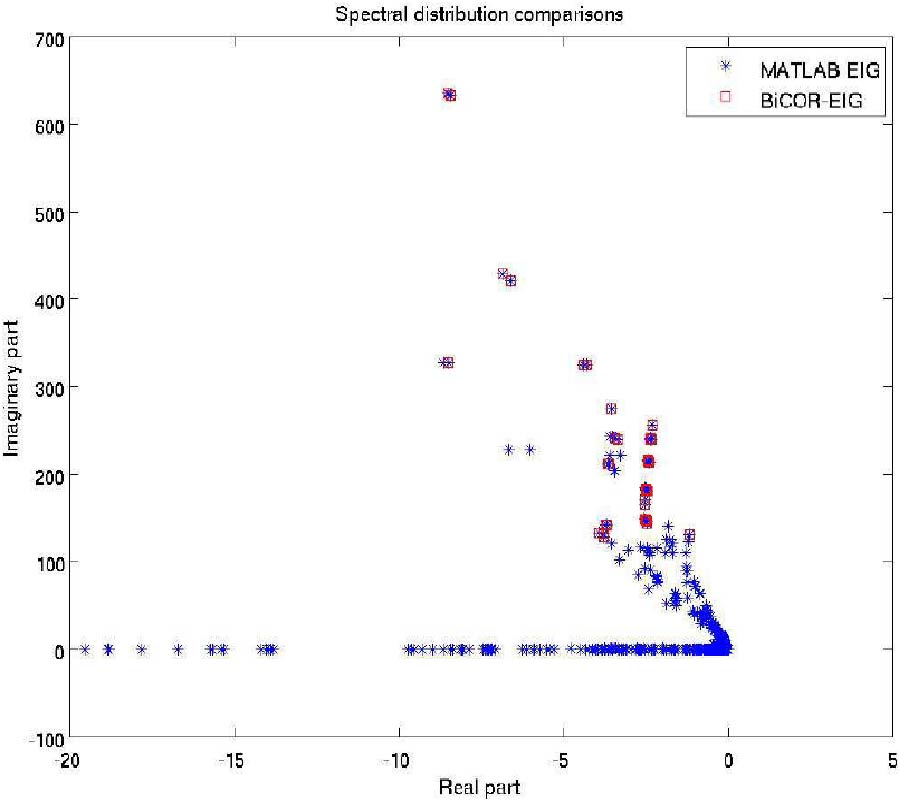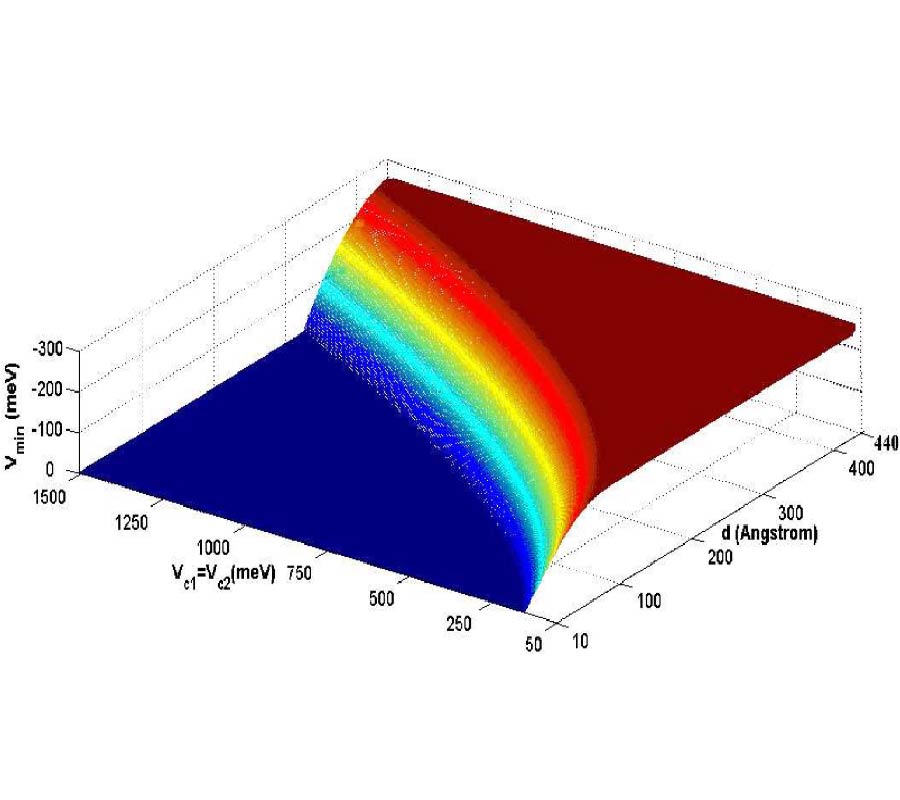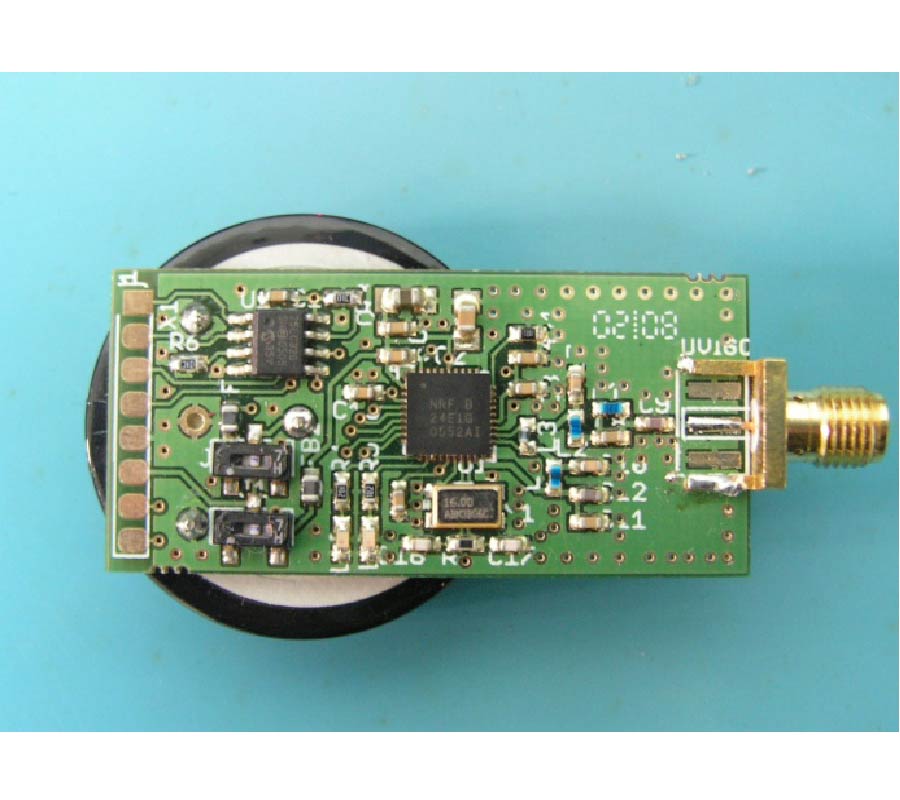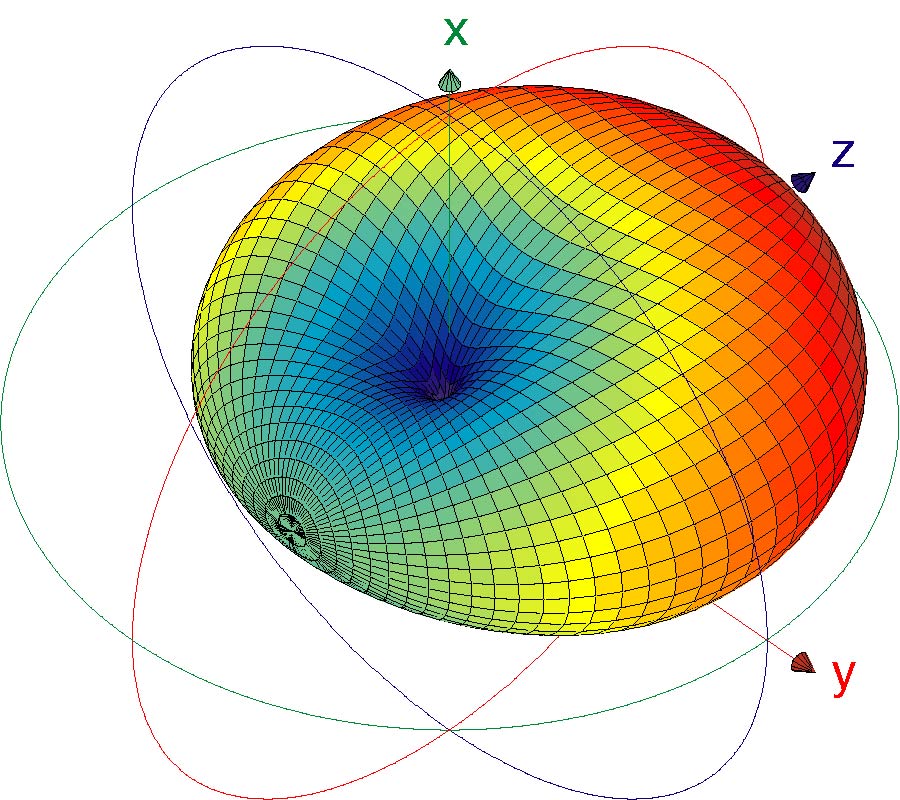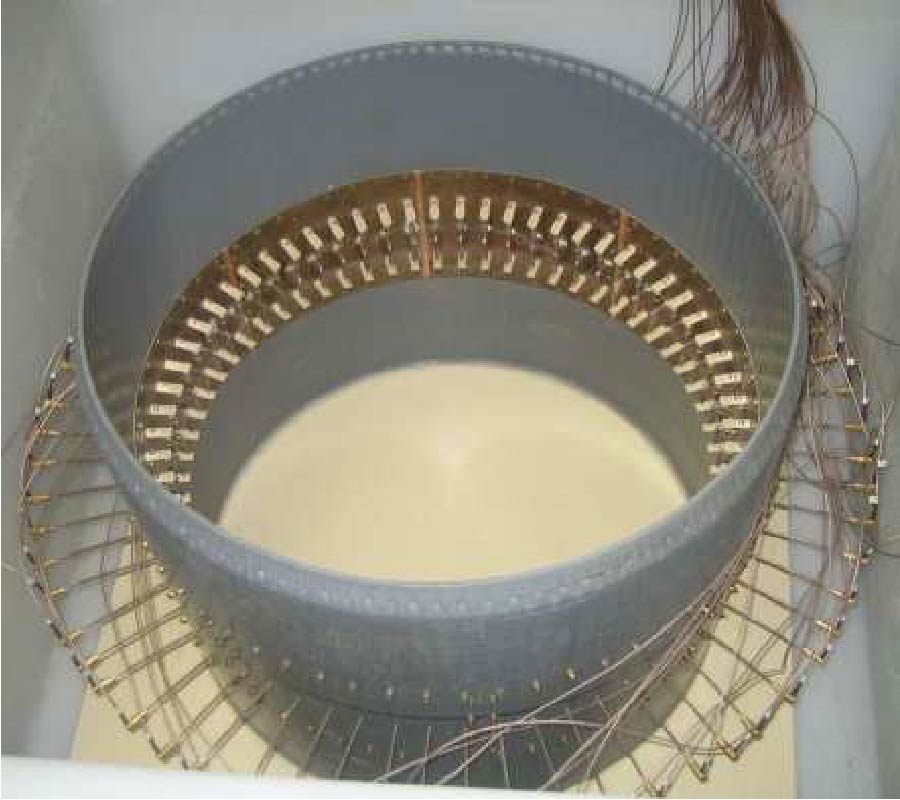Comparative Study of Rma and Pfa on Their Responses to Moving Target
Xinhua Mao,
Dai-Yin Zhu,
Lan Ding and
Zhao-Da Zhu
The synthetic aperture radar (SAR) signatures of moving target are the basis of ground moving target indication and imaging (GMTI&Im) in the framework of SAR systems. However, previous studies are mainly based on the 2-D separable SAR processing, and little work has been done to investigate the signatures of moving target after the application of a particular fine resolution SAR image formation algorithm. In this paper, we derive the image spectrum of moving target after two representative fine resolution SAR image formation algorithms, i.e., the range migration algorithm (RMA) and polar format algorithm (PFA), respectively. Based on the spectrum derived, detailed analysis on the SAR signatures of moving target, including the geometric displacement, residual range migration, and defocusing effect in both the range and azimuth dimensions are performed. The presented work might be helpful when considering a SAR system with the capability of ground moving target indication and imaging (GMTI&Im).
